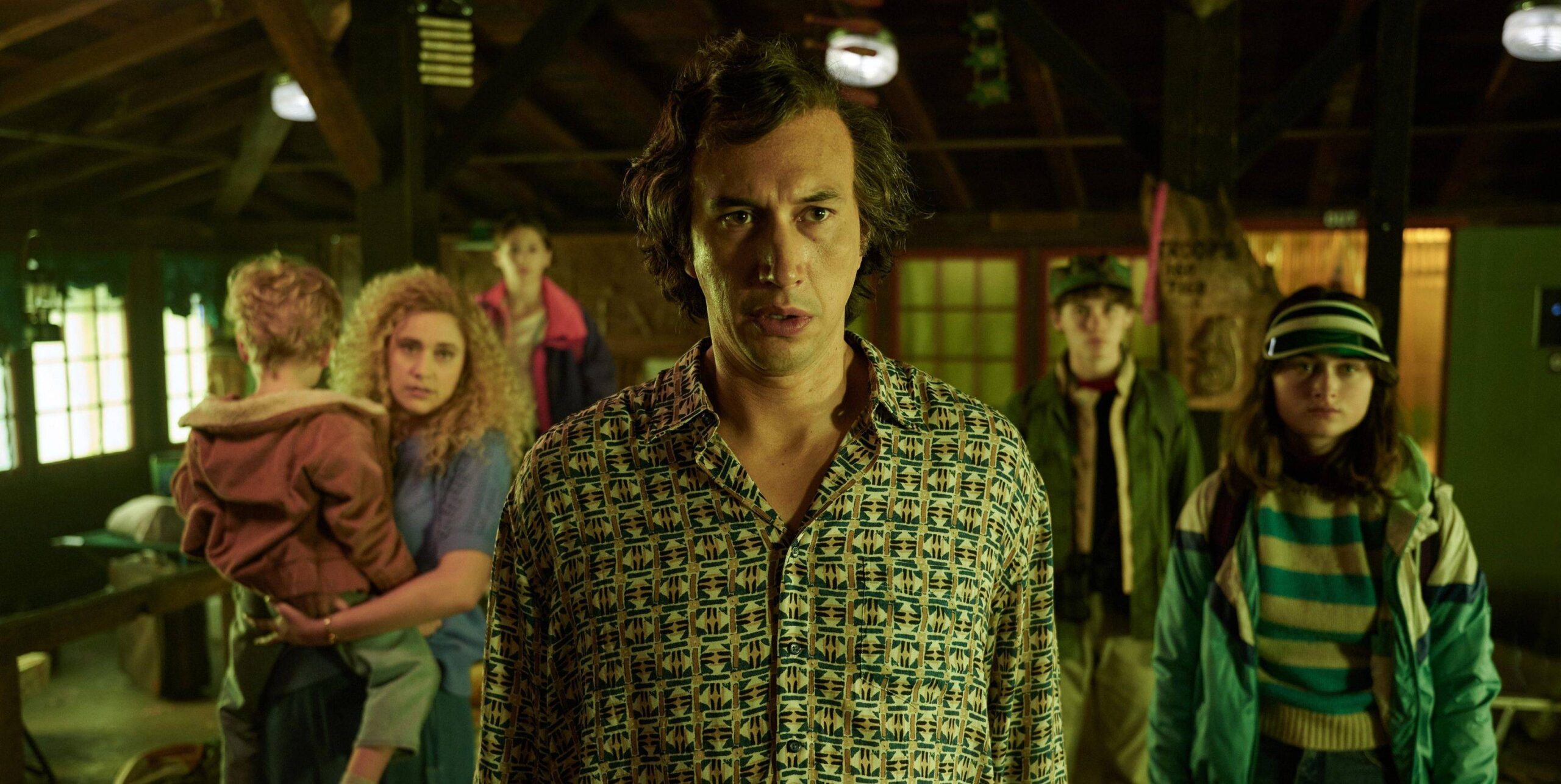The couple Jack and Babette Gladney, a college professor and a posture teacher, respectively, lead a routine life together in Noah Baumbach’s drama film “White Noise” on Netflix. When a stunning explosion occurs in their village of Blacksmith, their routine existence takes an unexpected turn. Following the explosion, a toxic cloud appears in the sky, causing the town’s inhabitants to flee. Despite their best efforts, Jack, Babette, and their kids are unable to escape the town because of the “airborne hazardous event.” But what precisely is the enigmatic occurrence? Here is all the information you need to know about the same, though! Spoilers follow.
Airborne Toxic Event: Meaning and Significance
The Nyodene D explosion’s aftereffects are collectively referred to as the “airborne toxic incident.” A toxic cloud that develops after the explosion sends the population into a frenzy. As the radio and other media hype the situation, the environmental risk quickly turns into a spectacle. After hearing the news of it, even the Gladneys abandon their home. Misinformation that is introduced to the situation over time only serves to increase public panic. The media and rumour mongers use the incident to their advantage and turn the explosion into a “event,” without any scientific support.

In DeLillo’s book, the radio stations promoted the myth that people exposed to the toxic cloud would have déjà vu experiences, only for a number of people to confirm this. The fact that the same channels eventually retract their earlier statement that déjà vu is not a symptom illustrates how radio and other informational outlets affect the public’s perception of and response to specific disasters. DeLillo illustrates how ultimately every catastrophe can be influenced by the means that regulate information by using the example of the alleged symptom. DeLillo’s book can be viewed as prescient in light of current instances of misinformation during the Covid-19 outbreak.
The toxic black cloud is the most important component of the airborne toxic event. Since the explosion, the cloud has grown in size, which has made the Blacksmith locals more anxious. The ominous cloud may be a literal depiction of the widespread fear of dying that frightens everyone, including Jack, Babette, and their kids. The Gladneys attempt to flee from the cloud’s exposure, but are unsuccessful, illustrating the certainty of death. After being exposed to the cloud, which may be viewed as his encounter with the brutal truth of death, Jack’s fear of dying also intensifies.
White Noise was intended to be an allegory of death by both DeLillo and Baumbach. The Gladneys’ contemporaries in the book and movie view death as a mythical spectacle that only occurs in the entertainment mediums. Both the book and the director were successful in showing how death is inevitable through the airborne poisonous event. “It [“White Noise”] is presenting this tale of how we somehow sublimated death into our entertainment in our attempts to not deal with our own mortality, to actually address death in a meaningful sense in our culture,” Baumbach said of the movie’s apparent exploration of mortality through the incident.
Anything that threatens life is considered fantasy by the residents of Blacksmith. In order to convince his students that death and catastrophes are largely made up, Professor Siskind shows footage of car accidents in the movie’s opening scene. The Nyodene D explosion and the airborne toxic event that followed are the events that make the town’s population face the harshness of their daily reality. The incident makes the locals aware that catastrophes are genuine events that don’t just happen in stories. Ironically, the entertainment outlets don’t take long to turn the explosion and event into yet another show.
The airborne hazardous event is the best representation of entertainment in the 1980s because it shows how radio, television, and other forms of information at the time distorted reality. Even in modern times, when the globe confronts with genuine dangers that the media presents as spectacles, DeLillo’s prophetic vision makes the event accessible.


